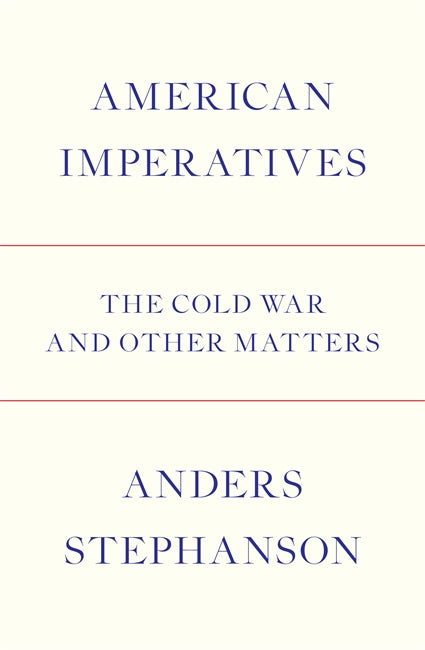My view, shared by very few, is that the Cold War was distinctly a US project that began in 1946–47 and ended in 1963. Its original impetus was to make internationalism — a euphemism for a worldwide scope of potential intervention — an unshakeable shibboleth of bipartisan foreign policy. Thus it denied the legitimacy of the Soviet regime and banished sustained diplomacy as appeasement and moral dissipation.
It was a frame as well as a policy — though officialdom was notably reluctant to embrace the term itself. Dean Acheson, when he thought about it, preferred the term “cold peace” and, though it was axiomatic that the Soviet Union embodied war (as overdetermined by the more fundamental dedication to world conquest) and the United States, peace, there was a sense that the duality of a war somehow spilled over into mutuality, to oneself as well.
At the same time, auxiliary, partly alternative notions such as the Free World and national security did not have the same suggestive power as “the Cold War.” In the former case, the phrase worked as a general appeal, as a collective name for the natural state of humankind, lamentably under constant threat from enslaving agents such as the Soviet Union. Thus it was easily invoked. Still, it was unclear who was properly included. “Free” indeed came to be everything that was not under totalitarian, communist control.
National security, meanwhile, was certainly irreproachable as an expression of perpetual worry in the pursuit of a state of no worry, sine cura; however, by the same token it was also devoid of immediate content, a posture and an empty abstraction, an axiom or a desire. The Cold War, by contrast, conjured up combat, battle and, in effect, danger.
It also featured a contradictory and expansive metaphorical register: cooling hot tempers is good but so is warming a chilly body. The enemy was concrete, visible and eminently cold. What could be colder and more inhospitable than Stalin’s Moscow, and not only in winter?
Totalitarian Themes
Moreover, the powerful totalitarian scenario of the 1930s served retrospectively to sustain the position: totalitarian regimes, intrinsically bent on world conquest and impervious to change, made any attempt to negotiate with them useless, indeed counterproductive. Witness Munich in 1938. Totalitarian fascism had been crushed in war but totalitarian communism, headquartered in Moscow, not only remained intact but had been invigorated by that war.
Yet, paradoxically, the conflation of fascism and communism immediately invited sharp differentiation between them: the same but actually, it turns out, very different. Fascism (Hitler and Nazi Germany, chiefly) was impetuous, reckless, brashly and unthinkingly violent; communism, by contrast, was cautious, stealthy, sly, liable strategically to avoid open war in favor of operating in the shadows, subverting the social order of the Free, in short a lot more clever and a lot more dangerous.
